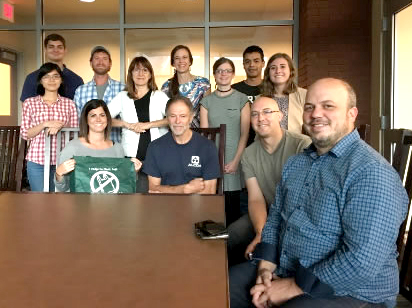Biodegradation of Disposable Food Containers for Festivals

The growth of single-use food packaging can be traced to the emergence of fast-food restaurants in the 1950s. Today about 47% of municipal solid waste is comprised of plastic, glass, metals and paper products. A significant fraction of this waste are food packages, some of which emanated from “to-go” food. Both food vendors and customers have strict performance and safety expectations of “to-go” food containers. There are numerous biodegradable or compostable single-use food container products available. However, these products have not been widely adopted and whether they decompose adequately is not well understood. In addition, at special events such as summer festivals or football games the short time span of the event and the transient behavior of the participants creates unique challenges and opportunities for solid waste management.
The senior design team will work with the West Lafayette Go Greener Commission and local food vendors to identify an event scenario and one type of single-use food container product (e.g. entrée clamshell, cup, wrapper). They will then investigate the food vendor-to-digester life-cycle and make recommendations for a product and logistics system to complete the waste collection to energy recovery process that meets the users’ needs.
 Senior Design Team update:
Senior Design Team update:
The Food Container Team (pictured left) is working with the Go Greener Commission of Greater Lafayette (See picture below), in order to explore an alternative disposal method of food containers from which energy can be recovered. Local events, such as Global Fest and Starry Night, are being analyzed to view waste handling methods. The team is conducting research and performing experiments to determine containers that would anaerobically digest in the West Lafayette Wastewater Treatment Plant's anaerobic digester, where biogas will be collected and used to generate electricity at the plant. The team is excited to be performing these experiments in the lab and use the findings to make a difference with a local community initiative.
